Research many of the stats on William Byron’s season, and they will tell the reader absolutely nothing about the likelihood of Byron winning the NASCAR Cup Series title on Sunday at Phoenix Raceway.
His three wins this season match those of each of his three competitors for the title — Joey Logano, Ryan Blaney and Tyler Reddick. But Byron rides a 27-race winless streak into Phoenix, while the other three drivers have combined to win the last three races.
Byron’s average running position in the nine playoff races is 7.48 and his average finish is 9.33. None of the other three has an average running position better than 11th and an average finish of better than 15th. And, yet, Byron still enters with arguably the least momentum thanks to that winless streak.
So which Byron gets in the car on Sunday? The one who runs and finishes well on average or the one who hasn’t won a race since April?
“I feel like the driver that is capable of winning this championship,” Byron said. “And the reason I say that is because, yes, we haven’t won yet [in the playoffs], but it’s coming, and we’ve been working towards it nonstop.
“We’ve been incredibly consistent, incredibly fast, and it’s just a matter of time for our team.”
The Hendrick Motorsports driver opened the year with a victory in the Daytona 500 and then added wins at Circuit of the Americas and Martinsville. Winning at three different style of tracks — a superspeedway, a road course and a short track — buoyed talk of him potentially dominating the season.
It never happened.
“I should have enjoyed it a little more,” Byron said with a laugh about the quick start. “But it’s just the nature of the sport. It’s challenging, man. We got a little bit off through the summer, just in terms of what we were looking for in the car and some of our communication.
“We formed that bond again through these last seven, eight weeks, and I feel like our team is just on the cusp of winning another race.”
The team never expected the dominance to last, and it had nothing to do with the competition’s improved performance.
“To be honest with you, early in the year, we were outkicking our coverage in some of those races,” Byron crew chief Rudy Fugle said. “We were finishing better than our cars were performing, and we were confident and got the wins.
“And since then, I think we’ve had four second-place finishes — those are one thing here or there that gets you another win. …. We think we found our stride at the right time.”
Byron agreed with the Fugle assessment, that he had a little bit of angst in winning so many races so early.
“We were not where we wanted to be, and we had conversations about that, and it was tough because we were still winning races even though we weren’t where we wanted to be,” Byron said.
“We’ve worked really hard. It’s been, in some ways, a trying year, but the team that we have has really stayed together and the bond has grown really strong. And now we’re ready to go out there and win.”
Fugle indicated that he felt they had 10th-place cars at best during the summer, but the playoffs have shown that they have top-five speed at the right time.
Hendrick Motorsports vice chairman Jeff Gordon, a four-time Cup champion, indicated that in the playoffs, a driver sometimes can’t take risks if the driver doesn’t have a dominant car, because the driver needs to maximize points.
“This weekend. It’s just all or nothing,” Gordon said. “It’s throw it all out there, make the aggressive calls, aggressive setups, and be aggressive on the racetrack as well if you’re going to win the championship.
“And they’re ready to do that.”
Byron and Fugle also have experience of competing for the Cup title, having come up short last year in their first attempt as they won the pole for the championship race but faded over the second half of the event, finishing fourth in the race and third among the title contenders.
“[Byron] has learned a lot,” Gordon said. “And he’s matured a lot, and the team has as well to be able to handle the pressure that comes along with this week — and walk through the paces, and know what to expect, and be able to still stay focused on what they need to do to go out and execute.”
Byron knows exactly what he learned last year after that first trip as a championship contender.
“I hate to lose, and I hate that feeling after the fact of that we didn’t have enough,” Byron said. “This year is going to feel different in that way. I know it will. I just learned a lot of lessons about what we need to do on the car side and throughout the race to be good by the end.
“I just want to get back to that opportunity. That’s what we’ve been chasing all year.”
Bob Pockrass covers NASCAR for FOX Sports. He has spent decades covering motorsports, including over 30 Daytona 500s, with stints at ESPN, Sporting News, NASCAR Scene magazine and The (Daytona Beach) News-Journal. Follow him on Twitter @bobpockrass.

Get more from NASCAR Cup Series Follow your favorites to get information about games, news and more

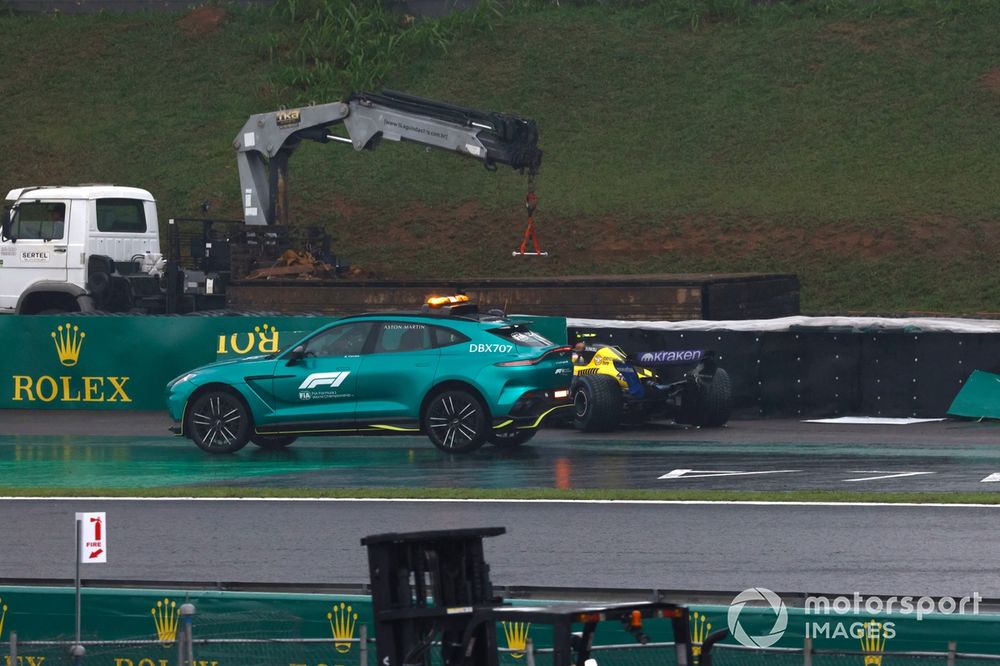


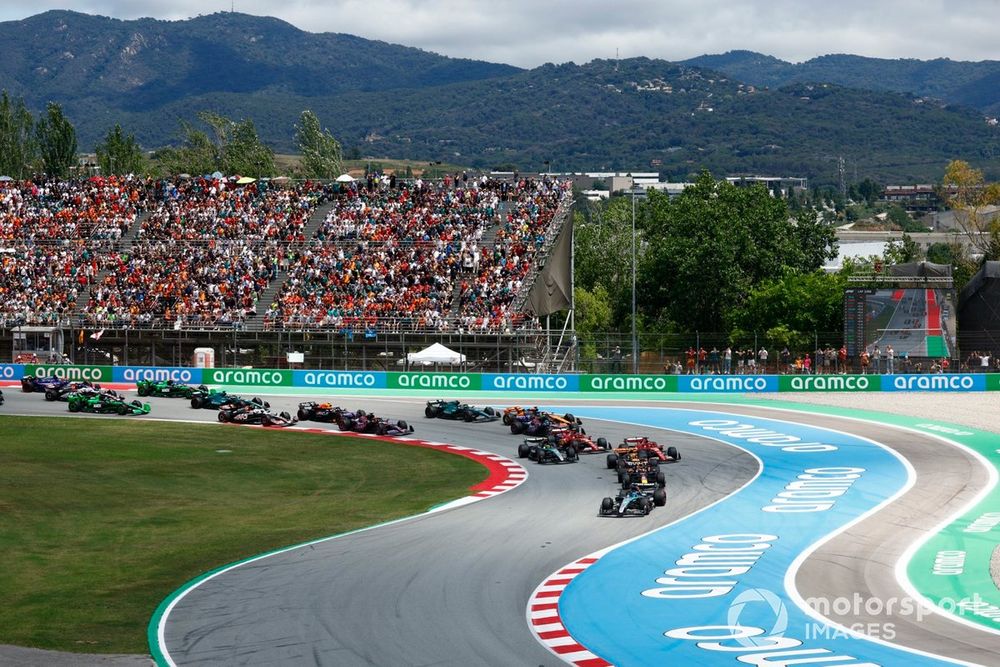


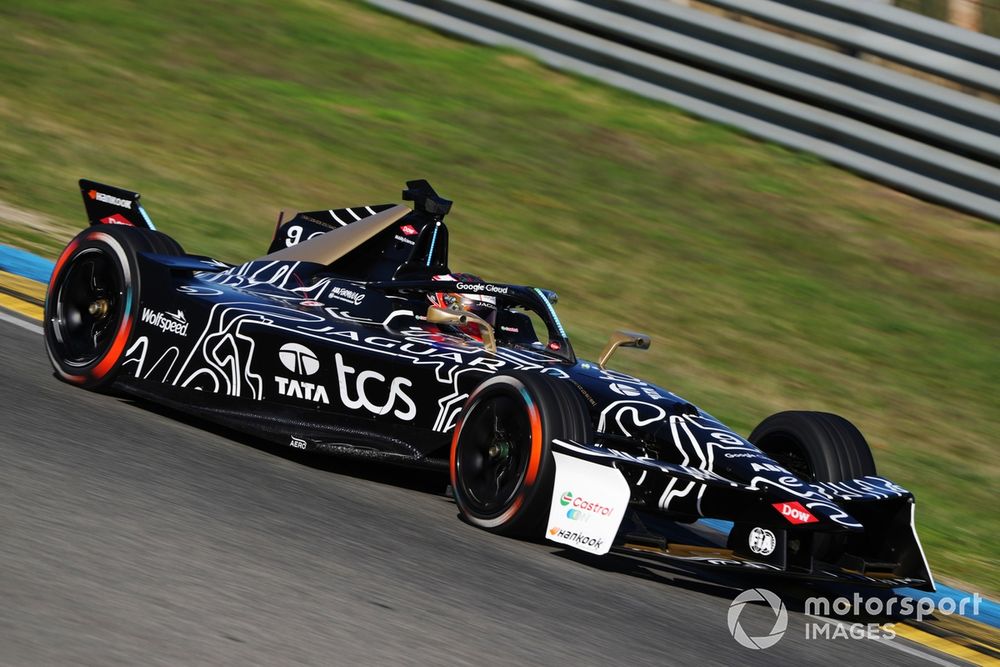





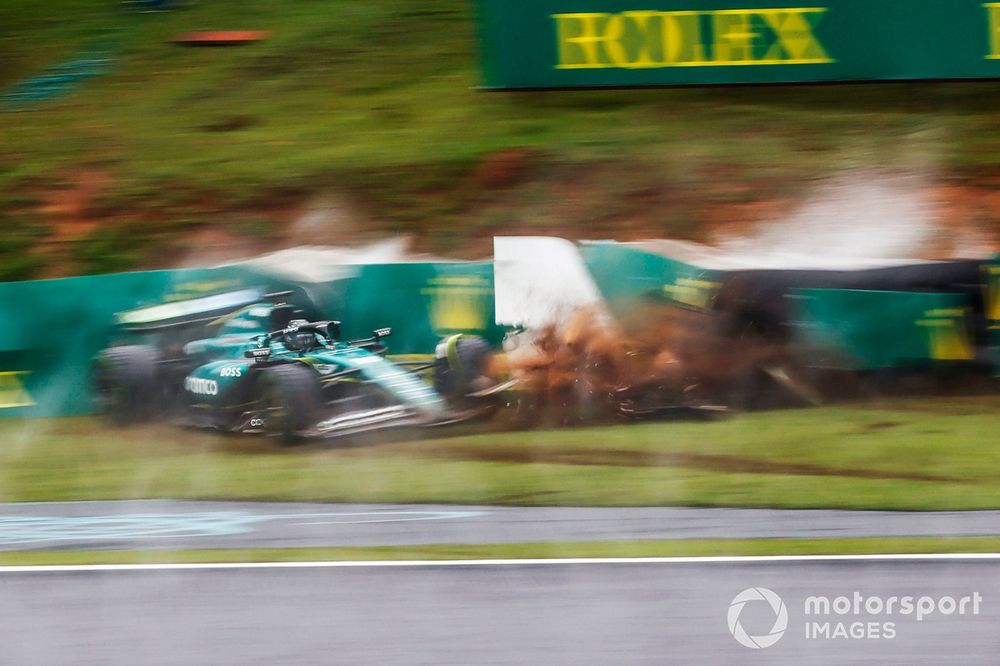



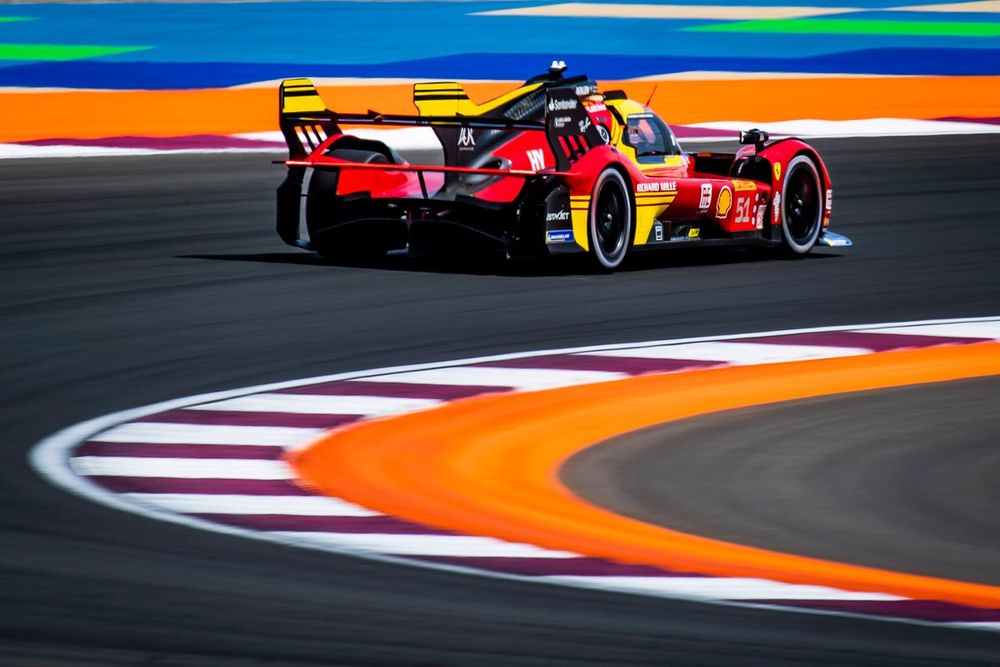































































































































































You must be logged in to post a comment Login